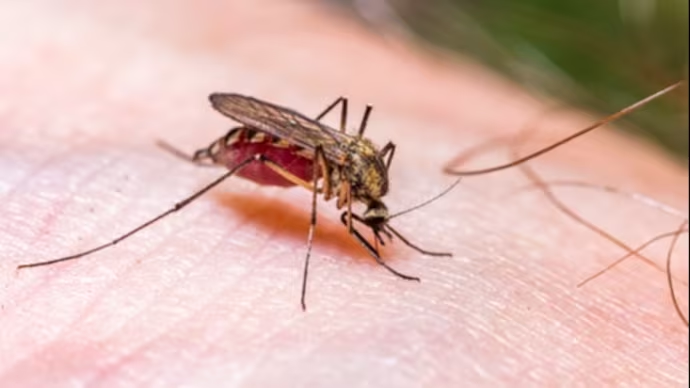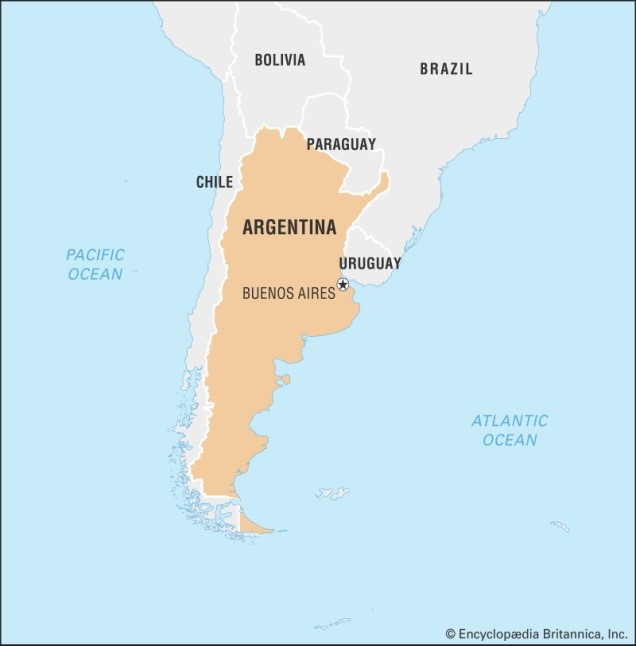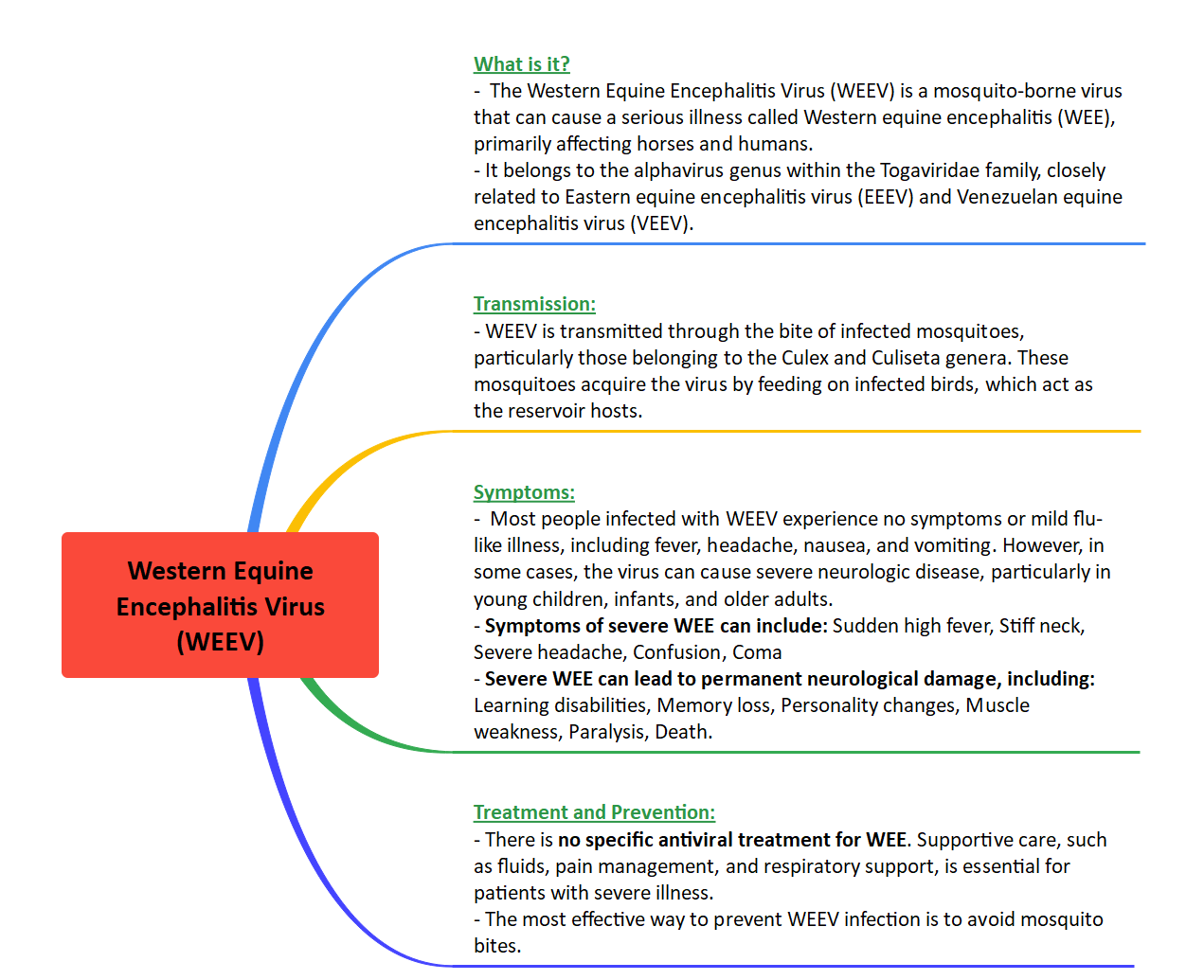Free Courses Sale ends Soon, Get It Now


Free Courses Sale ends Soon, Get It Now



Copyright infringement not intended
Picture Courtesy: www.indiatoday.in
Context: The Western Equine Encephalitis Virus (WEEV) is making headlines after a recent outbreak in Argentina raised concerns about the mosquito-borne illness.
Details
|
Argentina
|
 |
Virus and Transmission
Symptoms and Severity
Preventive Measures

Must Read Articles:
Rasmussen’s Encephalitis: https://www.iasgyan.in/daily-current-affairs/rasmussens-encephalitis
Eastern equine encephalitis: https://www.iasgyan.in/daily-current-affairs/eastern-equine-encephalitis
|
PRACTICE QUESTION Q. To track disease spread, authorities consider mandatory contact tracing and data collection from infected individuals. How can they balance disease control with individual privacy concerns? A) Collect and store all individual data indefinitely for future public health analyses, prioritizing comprehensive disease surveillance. B) Anonymize data before collection and ensure its secure storage and limited access to authorized personnel for control purposes. C) Inform individuals about data collection purposes, obtain informed consent, and guarantee data deletion after a specific period. D) Avoid data collection altogether to respect individual privacy, even if it hinders effective disease control efforts. Answer: C Explanation: Minimizing harm to individuals (non-maleficence) while maximizing public health benefits (beneficence) requires finding a middle ground. Option (c) balances the need for data for disease control with respecting individuals. |
© 2024 iasgyan. All right reserved